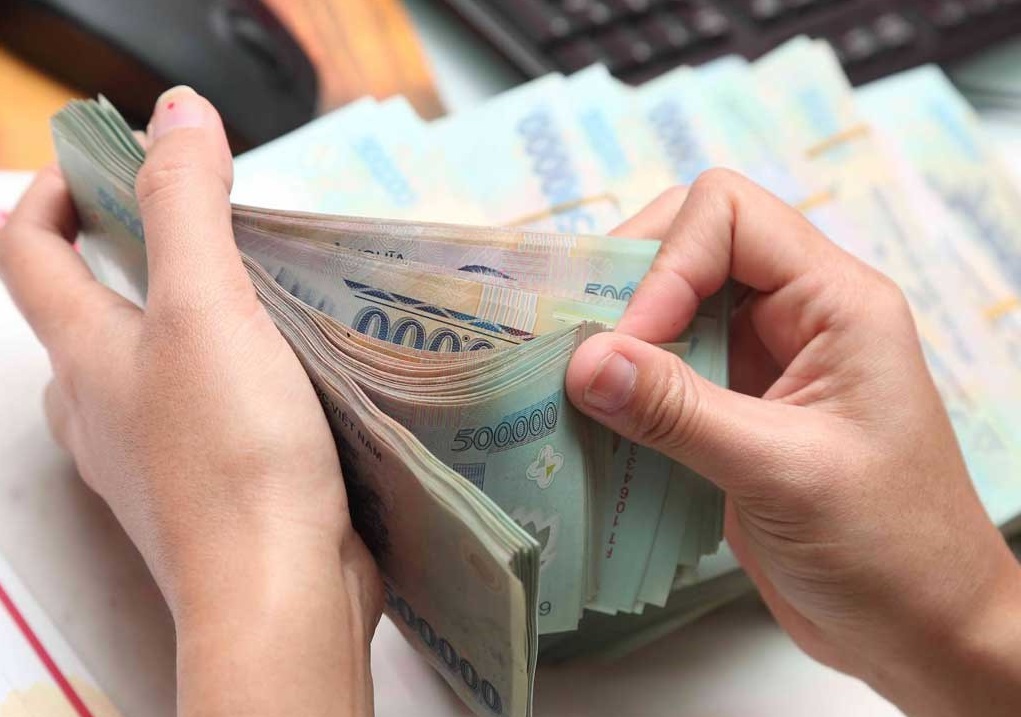SBV’s policy response: rate hike or currency appreciation?
The FED’s rate hike at March meeting led to some interesting discussions over whether Vietnam might follow the FED and raise its policy rates.

SBV tightening via interest rates would be almost totally ineffective if the goal of raising VND policy rates is to reduce imported inflation.
Mr. Matthew Smith, Head of Research at Yuanta Vietnam, strongly believes that the State Bank of Vietnam (SBV) tightening via interest rates would be almost totally ineffective if the goal of raising VND policy rates is to reduce imported inflation. Besides, it would result in further headwinds for domestic economic activity. In addition, retail consumption has been almost flat in real terms- there is no demand-led inflation that requires tamping down; and thus it is unlikely to occur.
However, what if USD strength continues going forward? First, Mr. Matthew Smith said we would have to admit a bias here: we simply can’t identify any supposed "hawkishness" in the Fed’s actions. A 25-bp Federal Funds rate hike in the face of skyrocketing US inflation (by whatever measure they want to employ) fails to convince us that a sustained dollar rally is imminent, as real USD rates remain substantially negative. However, dollar strength may continue anyway as a reaction to the global risk-off trade amid the uncertainties revolving around Russia’s invasion of the Ukraine, including the direct impact of the conflict as well as its second- and third-order effects on global markets.
Assuming that the USD continues to strengthen going forward, the SBV simply needs to maintain the VND’s close relationship with the USD in order to result in a rising VND in terms of its purchasing power. "This should offset import price inflation in VND terms even though the USD/VND rate remains relatively stable," Mr. Matthew Smith stressed.
Increasing policy rates would make sense if the inflation was demand-driven, but it’s not demand-driven. Domestic demand is still well below trend, and growth in real terms is only slightly higher than zero YTD. When price increases finally flow through to Vietnam’s CPI, it will be because of cost-push inflation rather than a domestic demand bubble.
Another risk scenario that is more likely. In Mr. Matthew Smith’s opinion, the SBV might raise policy rates to defend the VND (i.e., to offset any depreciation pressures that might emerge). Such depreciation pressures could occur if the trade deficit seen in the first two months of the year continues or worsens going forward. However, he also views this as unlikely, because the trade deficit YTD has largely been driven by inventory stockpiling by manufacturers, who are both trying to get ahead of inflation (i.e., buying now in anticipation of rising prices) and ensuring that they have sufficient inventory to fulfill export orders later this year.
Of course, those export orders might be cancelled or expected orders might fail to come through in the event of a deep global recession. In that case, Mr. Matthew Smith said Vietnam would be facing a current account deficit this year, which would mean depreciation pressure on the currency. If this then leads to a run on the VND, the SBV might move to raise interest rates even in the absence of a recovery in domestic demand in an effort to maintain confidence in the currency.
Obviously, anything could happen; but Mr. Matthew Smith feels relatively confident that the latter scenario will not actually occur. The PMI surveys indicate large manufacturer order backlogs in February, so the global demand picture still looks strong.








